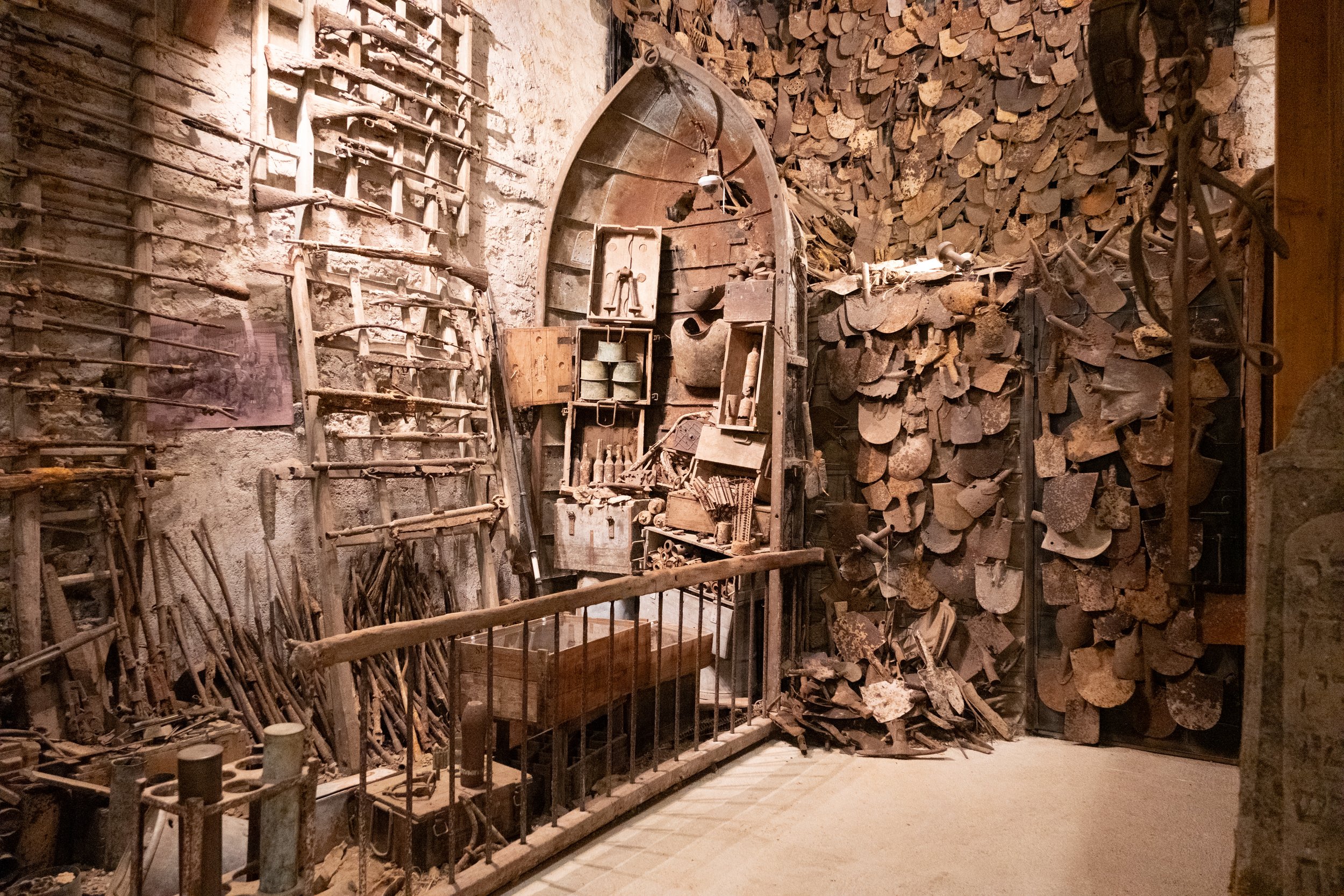
THE REASON WE VISIT ROMAGNE
TESTOMONIALS FROM VISITORS
e-mail: support@romagne-14-18.com
‘The pride Jean-paul takes in his work and the respect he shows to people like my great-grandfather, made my time in Romagne the most incredible experience of all our travels throughout Europe — and one of the most meaningful experiences of my life’.
‘The museum has been a monumental effort, often undertaken in solitude — not for recognition or financial gain, but out of a deep moral responsibility to preserve the past, educate others, and promote peace’
‘No other war museum succeeds in leaving such a lasting impression on schoolchildren about the insanity of war. Could there be anything more important than that in our lifetime?’
‘You have truly created a unique museum that, more than a century after the war, still vividly shows why war is madness’
We receive many testimonials and other expressions of support in response to the ongoing investigation by the French government into the Museum War for Peace/Romage 14-18, which threatens the future of the museum in its current form. On behalf or Jean-Paul, thank you very much for your contributions!
webmaster Romagne14-18.com
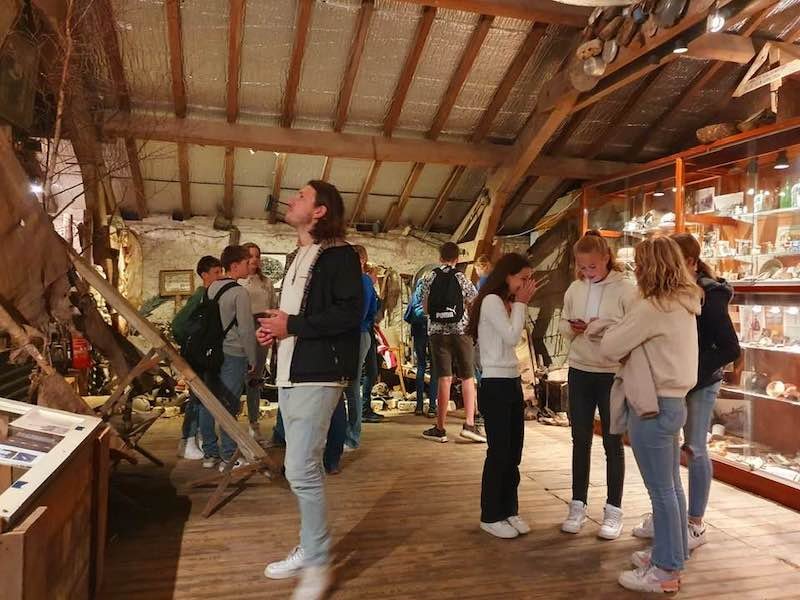
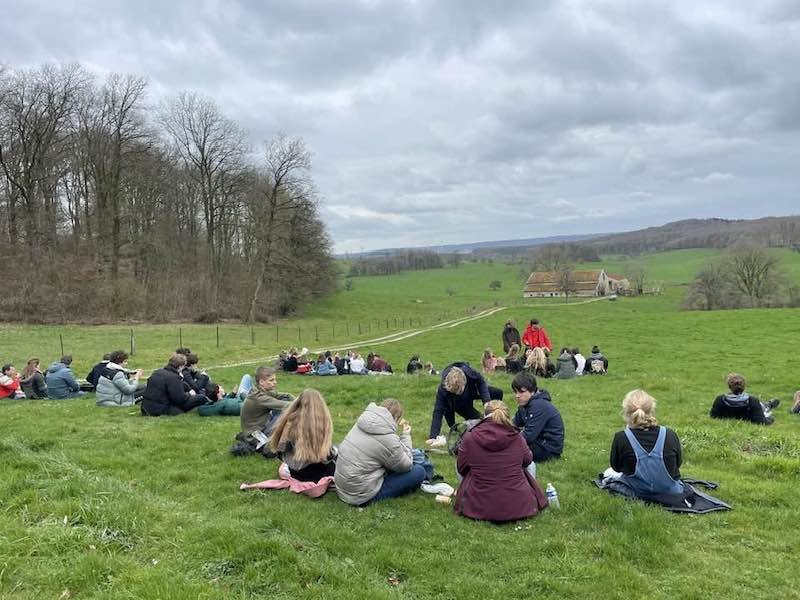
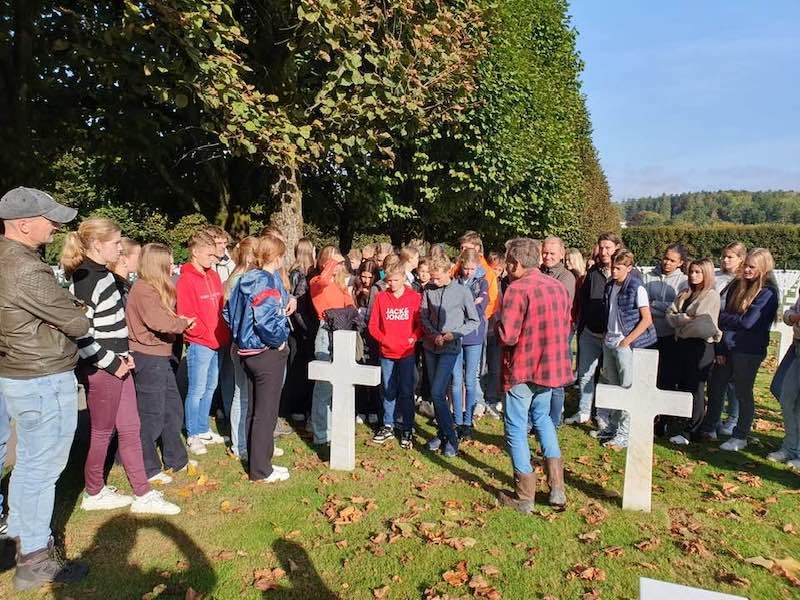
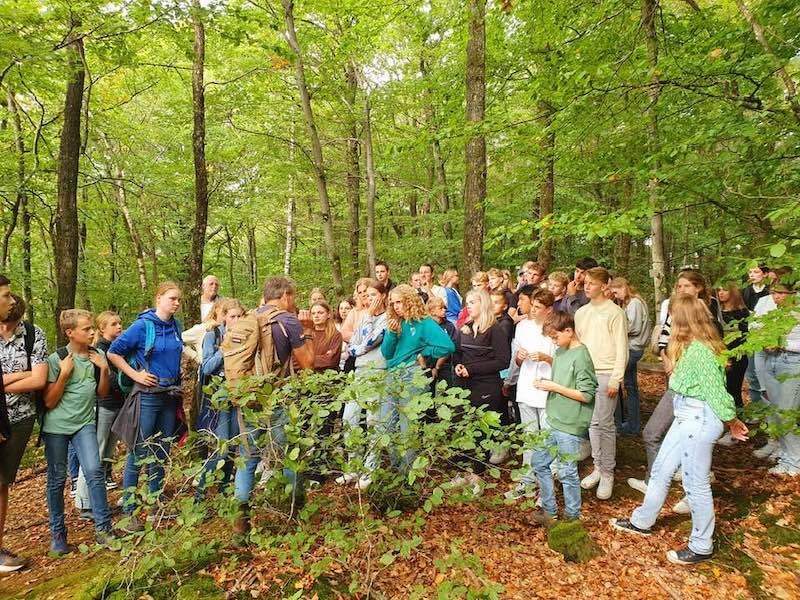
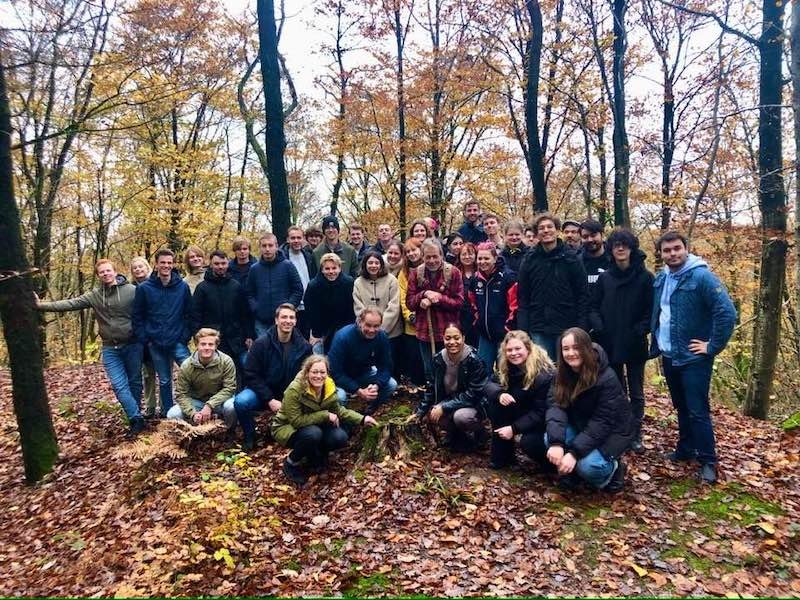
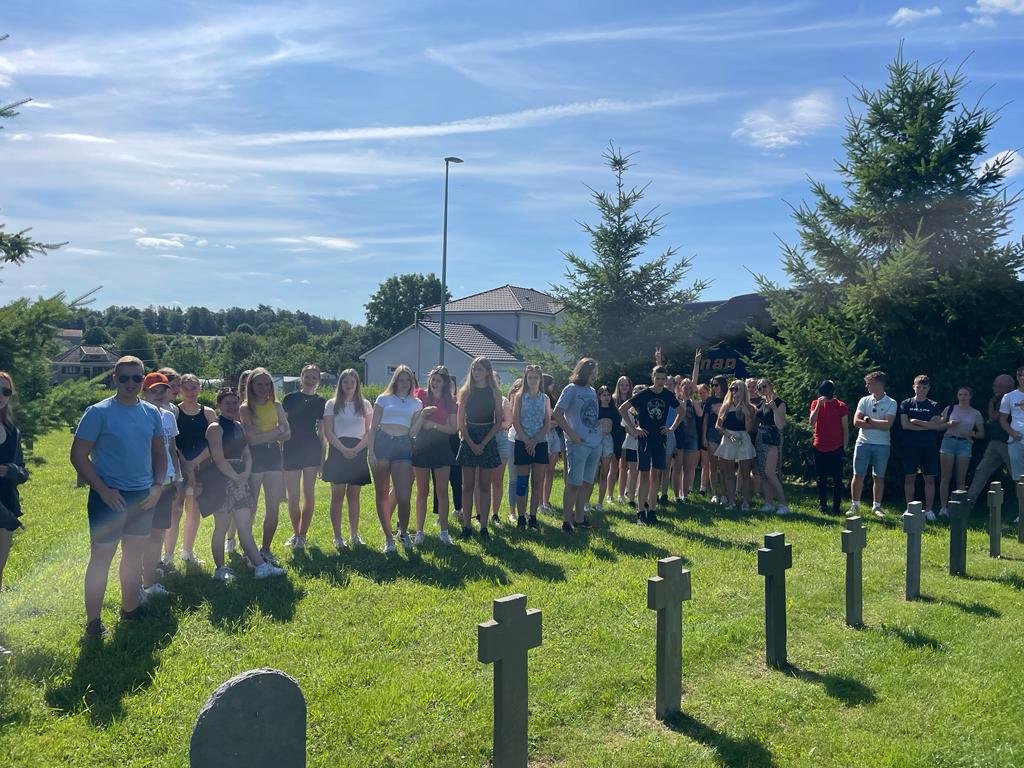
I wanted to share a few words of support for Jean-paul de Vries and the mission he has carried out so faithfully through the War for Peace / Romagne 14–18 Museum.
I have visited the museum on multiple occasions while traveling through Europe (from the United States) with my son. For us, the War for Peace / Romagne 14–18 Museum is more than a museum — it's a living, breathing tribute to those who fought and died in World War I. My own great-grandfather fought in the very fields surrounding Romagne — and during one of our visits, Jean-paul personally guided us through those very woods, taking the time beforehand to research where my great-grandfather would have fought, then walking us through those exact locations, along with many others. He pointed out what remains of foxholes, trenches, and bunkers that have survived a century of storms and silence.
He explained how he and others in the town rejoiced when the first signs of wildlife returned to the woods — land that had been barren for decades due to contamination from ammunition and the long-term damage of war. Jean-paul is deeply committed to the preservation — not just of the landscape itself, but of what lies beneath it. He spoke about the importance of protecting the land out of reverence for those still missing in action and for the stories that remain buried just below the surface. He shared memories of walking those woods as a teenager with his father and friends — moments that left a deep impression on him and set the course of his life's work in motion.
Jean-paul's dedication to peace and education is not performative, it is personal and profound. His museum is not only inspiring because of the sheer volume of carefully preserved artifacts, but because of how they are presented — with reverence, authenticity, and an unwavering commitment to honor the memory of those who served. The pride Jean-paul takes in his work and the respect he shows to people like my great-grandfather, made my time in Romagne the most incredible experience of all our travels throughout Europe — and one of the most meaningful experiences of my life.
In fact, not a week has gone since we've left, where I haven't thought about returning for yet another visit. The connection I felt to my family's past while walking through Jean-paul's museum and the surrounding battlefields has inspired me to research my lineage further and consider writing a memoir dedicated to the lost history of the AEF Brigade in which my great-grandfather fought — from Montfaucon to the Côte Dame Marie with the AEF's 32nd Division.
I'm aware that questions have been raised about how Jean-paul obtained such a vast collection. I can say without hesitation that all of my interactions with him have been professional, respectful, and entirely above reproach. His dedication is plain to see on the museum's website, its Facebook page, and most of all — within the museum's walls.
He regularly welcomes groups of students from across Europe, leading them through battlefield tours and helping them understand the realities of the war that unfolded just beyond their doorsteps. His "Flags for Peace Romagne 14–18" project — where he placed more than 15,000 flags in the La Robinette valley in Romagne, stands as a powerful act of remembrance and reconciliation between the many soldiers who fought and died on this very land. The museum has been a monumental effort, often undertaken in solitude — not for recognition or financial gain, but out of a deep moral responsibility to preserve the past, educate others, and promote peace. He does this with remarkable humility, living simply, working tirelessly, and dedicating every resource he has to this cause.
Jean-paul is a man of integrity and humility. I've witnessed in person his interactions with local friends and patrons, as well as through the museum's Facebook page, and it's clear this is someone whose life's mission is to ensure that the memory of those lost in the Great War does not fade — and is never dismissed as irrelevant. Speaking on behalf of many generations of AEF families, we owe him a debt of gratitude for making sure those who sacrificed everything — are not forgotten and for helping all of us better understand the price of war and the value of peace.
With deepest respect and continued support, Stefanie Shierk and family
I have writtenmuch about Jean-Paul de Vries, my dear friend whom I met 49 years ago at the campsite in Commune de Romagne-sous-Montfaucon. Back then, he was just a kid with a fascination for World War I, but he quickly became a man with a mission: to highlight the madness of war, draw attention to the human beings behind the soldiers, and spread the message of peace. . . . He has been doing this for over 30 years from his current base: the War for Peace / Romagne 14-18 museum. There he displays an incredible collection of objects that he found around the village, which was in the line of fire during the Great War.
He does not do this for effect, let alone for profit; his main goal is education. That is why he welcomes hundreds of schoolchildren every year, goes on excursions, gives lectures, seeks (and gets) publicity in Dutch, French, and other international media, organizes exhibitions, initiated the Flags for Peace project, and many, many other activities to keep alive the memory of those who fell for our freedom. Jean-Paul has given up a lot to continue spreading this message; it is by far the most important goal in his life. You could say he is someone to be respected and admired.
I am certainly not the only one who sees it this way. Jean-Paul has his own ‘fan club’ in the form of the Friends of Romagne 14-18. This is a foundation whose advisory committee includes numerous well-known figures from the Dutch cultural and media world.
He also enjoys the recognition and appreciation of countless high-ranking military personnel from around the world, who regularly visit the museum for official commemorations and are happy to put in a good word for him when asked.
The latter may well be necessary now. When setting up his museum, Jean-Paul encountered a great deal of opposition from the authorities at the time, and over the years he has always had to walk on eggshells to be able to continue his wonderful work. Nevertheless, he turned his hobby into his life's work, and his life's work into a success. And some people apparently have a problem with that success story.
Jean-Paul is probably the last person who deserves to be called out like this for his “actions.” The French government should show its appreciation with a medal or a grant for his good work.
In any case, the many responses to Jean-Paul's post about the events surrounding the museum show that he is supported by a great many people, and although my confidence in the French government has taken a serious blow, I still have faith in the law and that it will prevail. Hopefully, it will soon become clear that this is all based on a misunderstanding or error. Because that is what it is. Werner Schlosser
The Romagne 14-18 Museum is much more than a collection of historical objects—it is a place where history comes to life. Here, visitors of all ages can see, hear, and feel the impact of the First World War. The museum not only tells the story of the war, but also conveys a deeper message: that of peace. At a time when remembrance and awareness are more important than ever, it is essential that this museum continues to exist. Thanks to the tireless dedication and passion of Jean-Paul, who recounts the past with unparalleled enthusiasm and knowledge, Romagne 14-18 touches the hearts and souls of its visitors. He succeeds in making the human side of war tangible — something that no book or documentary can match. Don't let this special museum disappear. We need places like this to remind us what war really means and why peace is so precious. Let's continue to support Romagne 14-18, for the generations of today and tomorrow. Renate Toorop
For years, I have been bringing soldiers from the Netherlands to you, your museum, and the surrounding area for a Battlefield Tour/Team Building event. The impressions they gain from being immersed in WWI for a whole week sometimes carry over into their work, linger in their minds, and give them a deeper understanding of history and the people behind the military. My colleagues are unanimously enthusiastic, and every group I bring with me sometimes talks about it years later. We will continue to support you! Courage!!! Pierre Meilhac
I heard that the French police raided your museum. I can't think of any other explanation for this than jealousy—that the success of your truly exceptional museum has become too much for some people, who simply can't stand seeing it do so well.
I first came across your museum on YouTube. It was a short video about a somewhat reserved Dutchman who had set up a museum about the First World War in France. But not just any museum – something truly unique: a museum with heirlooms from the Great War. Not polished or restored, but presented as they were found on the battlefield—raw and real. The video contained short clips of the museum and made a lasting impression on me.
A year later, I went on my second “battlefield vacation.” I had previously visited Ypres with my father. But after seeing the theatre play Buitenschot, I felt drawn to the Verdun area, not least because I wanted to visit your museum by myself. That YouTube video had made such a deep impression on me that I just had to see it with my own eyes. And I can only say: kudos for what you have created.
A few years later, I visited the museum for the second time, this time with my brother-in-law, whom I wanted to show it to. And if possible, that second visit was even more impressive than the first. Once again, I was deeply impressed by the extraordinary collection and the unique way in which it is presented.
You have truly created a unique museum that, more than a century after the war, still vividly shows why war is madness. It is amazing that so many remnants from that time can still be found today. These artifacts, weathered by time and the elements, speak louder than perfectly restored objects. They radiate a certain sadness and truth. Your museum does not romanticize, but shows the war as it really was. And in a world where tensions are rising again, that honesty is more important than ever.
The fact that you have devoted all your time—and even your life—to this cause is admirable. I sincerely hope that the conflict with the French authorities will be resolved quickly and that your beautiful and unique museum will soon reopen to everyone who wants to see it and learn from it. Bart Kraaijenbrink
For years, I have been visiting the former battlefields of the First World War. In the summer of 2014, I paid my first visit to Jean-Paul's museum, then only named Museum Romagne 14-18. From the very first minute, I was fascinated by his collection. Not only by the amount of material he had gathered over many years, - all of which came from the former battlefield fields in a circle of just a few miles around his house. But it was mainly the way he exhibited that material. No expensive display cases, no explanatory texts, no items neatly polished and cleaned for the visitor. Jean-Paul wants to show the war as it was, still is and always will be: Rusty, dirty, stripped of its beauty. So completely different from museums in Ypres, the Somme, and Verdun, just to name a few famous ones.
We soon became friends. A friendship that has now been intense for more than ten years. During those years, I have seen the museum, and Jean-Paul, change. A few years ago, he called me to tell me that he wanted to change the name of his museum into War for Peace/ Romagne 14-18.
‘I feel that in this days and age, my message of peace is more important then ever. That is what my war museum will be about: it will be about peace. Whether this is a good choice, only time will tell, but I feel in every fiber of my being that this is the right path for me’.
Yes, dear friend, that is your path. And the state of the world as it is nowadays proves that you are so very right. Just as education of, especially, young people is your path, as it has been from the very beginning. I have been moved to witness firsthand what you have achieved. No museum has succeeded in leaving such a lasting impression on schoolchildren about the insanity of war. Perhaps that is the greatest strength of War for Peace/Romagne 14-18: that it tells the story of a war and at the same time has peace as its most powerful message. Could there be anything more important than that in our time?
I hope that the French authorities will quickly realize that their “investigation” is a sad mistake. I would even say: a deplorabele insult to what you are trying to achieve. But mistakes are there to be corrected. Let us trust that this will happen, and that justice and common sense will prevail. If only for the thousands of young people on whom your museum never fails to leave a profound impression. They will remember your museum, your stories, your guided battelfield tours and message of peace for the rest of their lives.
As you said so many times: you have to start somewhere. You did, Jean-Paul, many years ago you started somewhere. And it proved to be something unique and very special. Remember the famous words of Winston Churchill: “If you're going through hell, keep going.”. So keep going. Your many friends and supporters from all over the world are going with you. Diederik van Vleuten
The Importance of Jean-Paul’s Museum
I have been visiting Jean-Paul’s museum and bringing battlefield tour clients to the museum since 2005—the entire time that it has been open in its current location. The museum is a great educational tool. What it shows me is the enormity of the First World War. One doesn’t just see one or two rifles, one sees the remains of 50 rifles. The same is true for mess kits or razors. It helps one visualize the size of the war.
Jean-Paul’s museum is, therefore, an important part of the department’s economy. I believe the three major industries in the Meuse are farming, forestry and tourism; and the biggest reason for the tourism is the First World War. Remove a key museum like Romagne 14-18 and you will have fewer hotel stays, fewer restaurant dinners, etc.
Hypocrisy
To my knowledge, the only museums visited so far have been Jean-Paul’s Romagne 14-18 and Maarten Otte’s Meuse-Argonne 14-18. Both of these are owned by Dutch, not French, citizens. What a surprise! Are you going to shut down the militaria show at Les Islettes in August? It attracts thousands of collectors and tourists. Who knows how the dealers get their artifacts? Are you going to visit every brocante? Are you going to visit the hundreds of other private museums and collections in France? I can list several associations and individuals, including mayors, who probably have items that have been found illegally on the battlefields.
Most French museums do a horrible job of telling the story of the First World War. Signage is poor and only in French. The one great exception is the Memorial in Verdun, which has everything in French, German and English! What will the government do with the collected items? Destroy them? That is also destroying French patrimony! Will they go on display in a museum? Will citizens and researchers still have access to the artifacts?
One could argue there is more than enough patrimony left along the Western Front for archaeologists and collectors alike. The demineurs will still be removing shells and ammunition 100+ years from now. The archaeologtists have already had 100 years to research these areas—unless the French government does not fund that research.
The government of France, the Department of the Meuse and the local authorities have allowed these museums to exist for 20 years already. What has changed? It seems to me, the better solution would be to regulate or monitor the museums. They are educational and important to the local economies. Destroying their collections or shutting them down would be a big mistake in my opinion.
Randal S. Gaulke